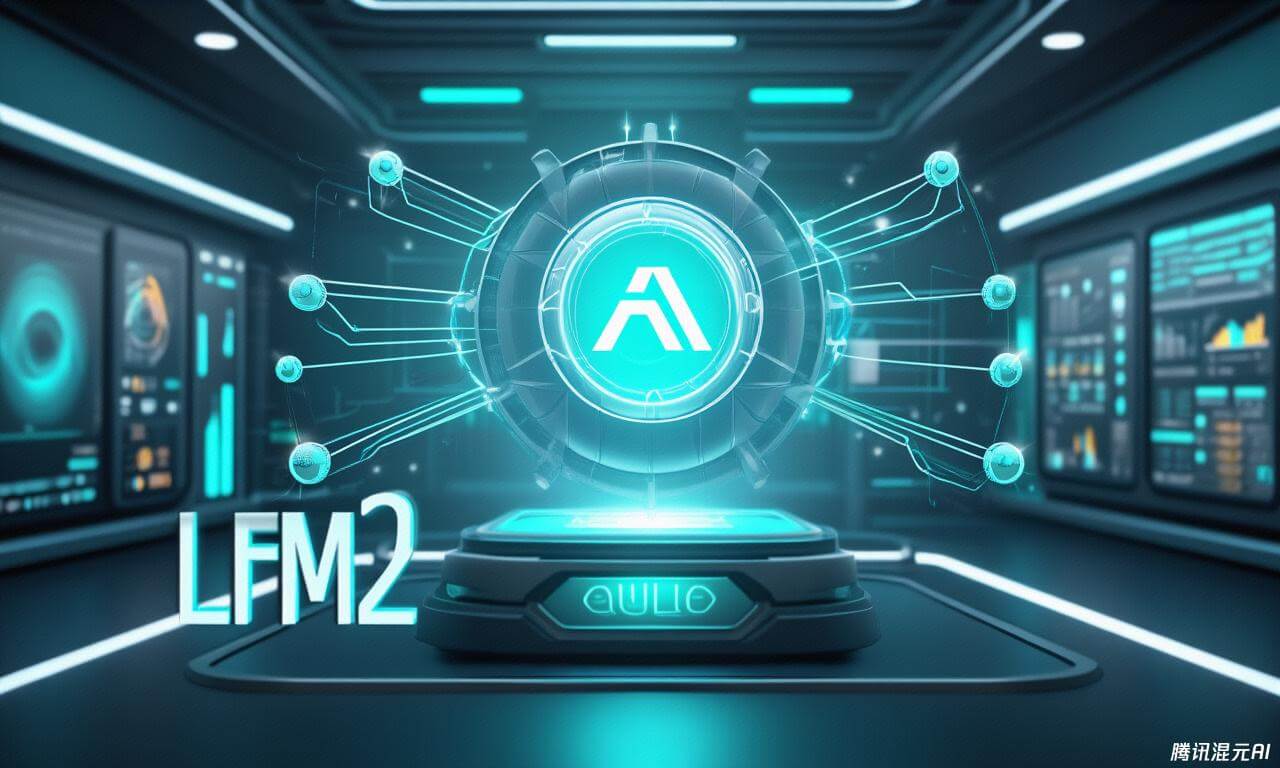Overview of the LFM2 Model: A New Contender in AI
In the ever-evolving landscape of artificial intelligence, LiquidAI has set a new benchmark with the release of their LFM2 model family. Dubbed as a state-of-the-art (SOTA) development, this model is capturing the attention of tech enthusiasts and professionals alike. Offering superior world knowledge and conversational intelligence for its size, LFM2 seems poised to redefine expectations in AI capabilities.
The Technical Marvel Behind LFM2
At the heart of LFM2 is its remarkable capability to deliver coherent and knowledgeable conversations. With a parameter size of 1.2 billion, this model stands out for its impressive performance in general conversational tasks. Users who have experienced its online demo report that its intelligence and coherence are comparable to that of larger models like Qwen 3 1.7B, yet with a much better grasp of world knowledge.
Context Length and Innovations: One of the striking features of the LFM2 model is its ability to handle extremely long contexts; it can manage up to 32,000 tokens at a time. This offers unprecedented opportunities for more extensive and detailed interactions, potentially revolutionizing how AI is utilized in various fields.
Comparing LFM2 with Other Model Heavyweights
When compared to its contemporaries, the LFM2 stands out due to its balance between size and performance. While SmolLM2 and Qwen 3 1.7B have their strengths, LiquidAI’s creation appears to outshine them in terms of world knowledge. This depth of understanding could be pivotal for applications where accurate information retrieval is crucial.
Performance Insights: Test drives and demos of the LFM2 model reveal that it operates with a fluid intelligence that can both engage users and provide insights akin to human conversation. Its edge in world knowledge allows it to answer queries with up-to-date and contextually enriched information, a vital trait for both personal assistants and customer service solutions.
The Licensing Landscape: What Users Need to Know
Usage Restrictions: The LFM2 model comes with a license that, while generally permissive, does impose certain restrictions. For organizations generating over $10 million in revenue, commercial use is not permitted. However, for personal use or smaller businesses, this model is accessible and usable under its current licensing terms.
These licensing rules aim to ensure the model remains a versatile tool for hobbyists, small businesses, and educational purposes without inflating the costs associated with high-revenue commercial use.
What’s Next for LiquidAI’s LFM2?
Adoption and Integration: The integration of support for the LFM2 model into llama.cpp—an open-source machine learning toolkit—further broadens its appeal and application potential. This means developers can test and implement the model locally, bringing the power of this AI model into various software ecosystems seamlessly.
As this model continues to grow in reputation and user base, its ability to influence AI strategy across sectors promises to be significant. The open-source community’s engagement with LFM2 could lead to enhancements and adaptations that push the boundaries of its original design.
Conclusion: LiquidAI’s LFM2—A New Era of AI Excellence
The release of the LFM2 model by LiquidAI marks an exciting chapter in the story of artificial intelligence. With its robust framework, impressive performance metrics, and accessible licensing, it positions itself as a tool that could catalyze the next generation of AI applications. As the tech community continues to explore its capabilities, the potential for innovation seems limitless.

